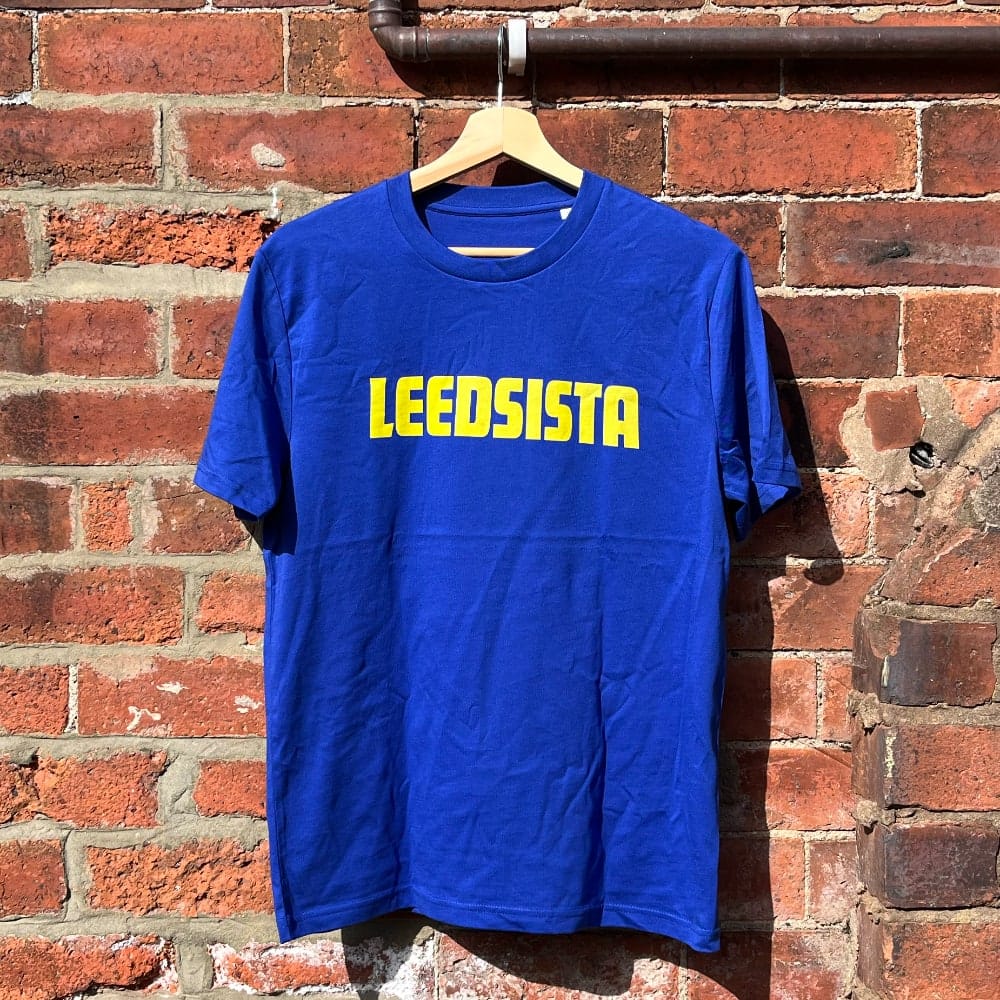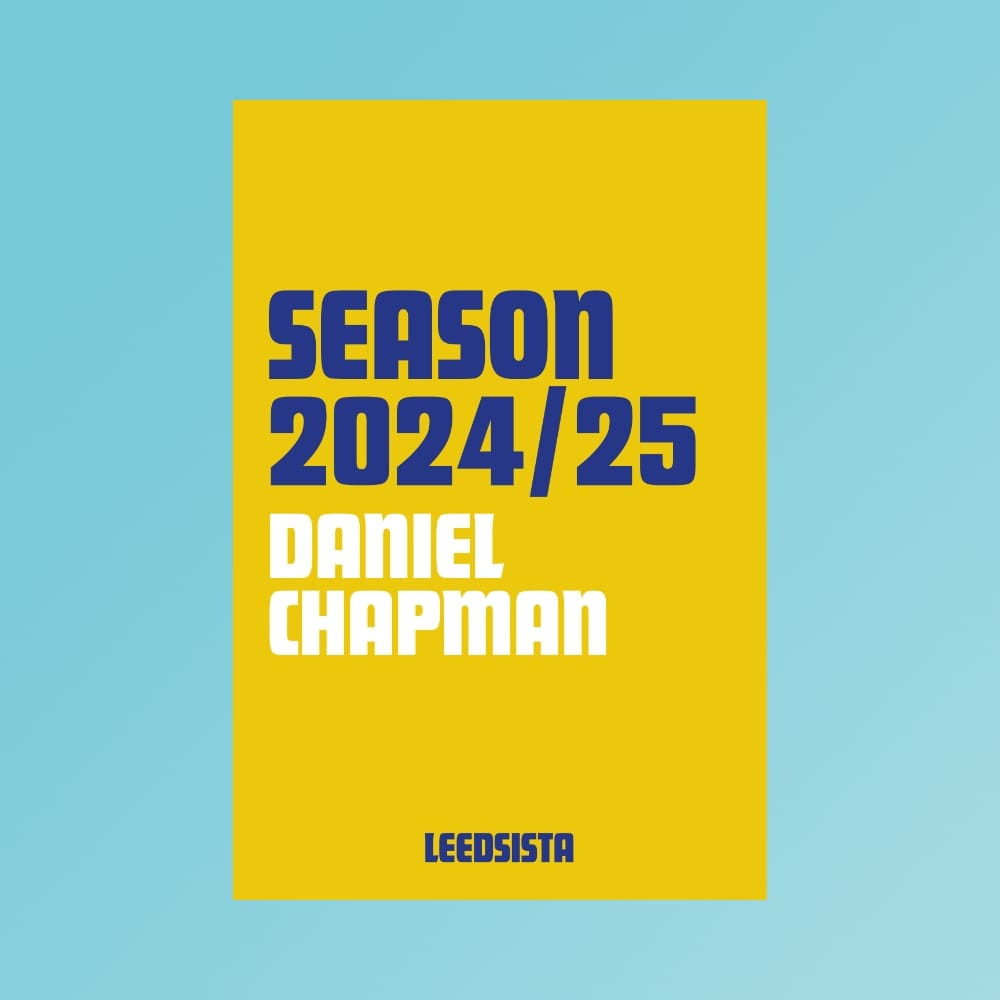Fotherby on Tour: Diego Maradona
Pairing England's most-hated footballer with England's most-hated football club would have sunk the likes of Emlyn Hughes into tabloid column apoplexy for months. Which would have been fantastic.
Transfers are one of modern football's obsessions, because they represent football without its messy reality: why watch some donkey playing for your team, when you can imagine the difference being made by a prime stallion? The best players are usually out of reach for all but the richest clubs, but in the 1990s Leeds United's managing director, Bill Fotherby, had his own ideas about the word 'unattainable'.
As the Peacocks returned from Division Two to Europe with one of the best teams in our history, Fotherby's pursuit of top transfer targets created a shadow team of world stars fans could keep in the back of their minds while watching, say, Carlton Palmer instead.
For the next few weeks, we're going to follow Fotherby on his travels around Europe, chasing the biggest and best transfers, wondering how close he got to his targets, who we signed instead, and what might have been if Bill's will could have forced history into being just a tiny bit different.
Who was signing?
In 1986 the world had watched a joyful Diego Maradona lifting the World Cup for Argentina, using the hand that had outfoxed Peter Shilton in the quarter-final and waved England home. That, on top of fresh memories of the Falklands War, meant the best footballer on the planet was an unpopular man in England. It wasn't the case everywhere. In Argentina, and specifically to Boca Juniors, he was a hero; Barcelona fans adored him, and since moving to Napoli for £6.9 million in 1984 he had become, in Naples, a god. So, no, we're not talking about some imposter with the same name. The headline, in the Times of 17th July 1987, was accurate: 'Leeds pursuing Maradona'.
How close did we get?
Closer, perhaps, than even Bill Fotherby had imagined, and that's saying something. Being accepted onto the board at Elland Road had been one dream come true for Fotherby, and after being promoted to commercial director, he was determined to make a big impression. In summer 1987, at a dinner among the footballing great and good, inspiration struck Bill — or maybe it was great and good wine, with a penny dropping into his glass that resembled new board member and club sponsor Peter Ridsdale, and his access to high street riches through Burton Menswear. Maradona's European agent was soon listening to a plan that would earn his client millions in fashion endorsements, and satisfy his desire to play in England.
Leeds United's Championship winning season, game by game, as written at Leedsista.com.
This 300 page Royal format softback book compiles every match report and essay about the title-winning 2024/25 season so you can relive the anxiety, and the glory, game by game.
This is a pre-order, and I really appreciate anyone buying now so I can get the initial print numbers just right. The book has now gone to print and orders will be getting sent out as soon as they arrive. Thanks to everyone who has bought one so far!
Maradona was on the record saying that, although he'd never mentioned playing in Division Two, or alongside John Stiles. But Fotherby was talking Maradona's people's language, and flew them across to Leeds for talks. By now he had a proper proposal for when Maradona's Napoli contract expired the following summer: there would be a civic reception on the streets of Leeds, an England XI vs World XI match at Elland Road in Maradona's honour — and in honour of his bank account — and the prestige of playing for one of England's most historic clubs. It's not known if he mentioned John Stiles. Leaving for the airport, the agents said it could happen for £8m. Fotherby reckoned he could do it for £4m. That night, in the Flying Pizza restaurant, everyone was asking Bill if it was true that Diego Maradona was signing for Leeds; Bill would neither confirm nor deny, but noted down the net worth of the excited businesspeople he might soon be asking to stump up that £4m.
"The cynics might accuse us of doing a publicity stunt," Fotherby told the Times, "but nothing could be further from the truth. We are deadly serious and feel that with the help of businesses in the area, we will be able to make Maradona an attractive offer. At first it seemed an impossible dream, but in football you must reach for the moon if you want success and that is what we are doing."
The cynics did, of course, have a point. When, eventually, Maradona's people returned with a polite 'no', Fotherby was breathing sighs of relief. He had overpromised and overreached and, he said later, "Nobody realised how close we were to being embarrassed," had Maradona said 'yes' and started asking for his millions. But even if Fotherby hadn't strengthened the team with the world's greatest player, he had strengthened the image of a club that had spent most of the 1980s on its knees. "The publicity we got from that, fantastic!" he said. "The difference that made to me as a commercial director and to Leeds United, I can’t tell you. I got phone calls from all over the world. After that we started thinking, 'What can we actually achieve?'"
What did they do instead?
Maradona stayed with Napoli, winning the UEFA Cup and another scudetto, but losing the 1990 World Cup final to West Germany. Off the pitch, though, his life was spiralling out of control and in 1991 he was banned from football for using cocaine. He moved on to Sevilla and a post-Marcelo Bielsa Newell's Old Boys, before going back to Boca Juniors. You can't help but feel like Howard Wilkinson and Mick Hennigan might have been good for him.

New! Leedsista t-shirts
People were asking, so I'm providing. Two colours, blue or navy. They're nice!
Who did we buy instead?
Vince Hilaire? He was quite skilful. A better comparison, if you wait a bit, would be Gordon Strachan. He might not have been a World Cup winner at the peak of his career costing millions, but the contrast between Strachan and Leeds was still stark: he'd played at two World Cups, won the Cup Winners' Cup, European Super Cup, FA Cup and loads of stuff in Scotland, and his wages when he signed from a First Division club were a challenge to Fotherby's Second Division resources. Rather than cocaine he was addicted to seaweed pills, and for three seasons after signing in March 1988 he was probably the best player in Britain. Another comparison might be Vinnie Jones, arguably the most famous footballer in the country and definitely one of the most controversial, who didn't only upset Leeds' haters when he first moved to Yorkshire but a lot of people who loved Leeds, too. Would Maradona have been as effective playing for Howard Wilkinson as Vinnie and Strach in the Barclays League Division Two of 1989/90?
What might have been?
The Leeds team he would have been joining, though, was managed by Billy Bremner. Who knows how the squad might have changed to accommodate Maradona, with a year to prepare for his coming, but by 1988/89 David Batty was ready to usurp John Stiles in defensive midfield, which might have helped. Obviously putting Maradona into a Second Division side would have been carnage, and the season would have kicked off against Oxford United with a few more than 22,000 inside Elland Road. This was not just any Second Division side, either. Pairing England's most-hated footballer with England's most-hated football club would have sunk the likes of Emlyn Hughes into tabloid column apoplexy for months. Which would have been fantastic.
The truly mouthwatering prospect though, for Leeds fans, was the idea of pairing Diego Maradona in attacking midfield with John Sheridan. Shez, in gleaming white with a large blue eight on his back, was West Yorkshire's own Maradona of the 1980s; just thinking about him spraying passes to Leeds United's no.10, the actual Maradona, has me feeling all distracted, coming over all unnecessary. ⭑彡
